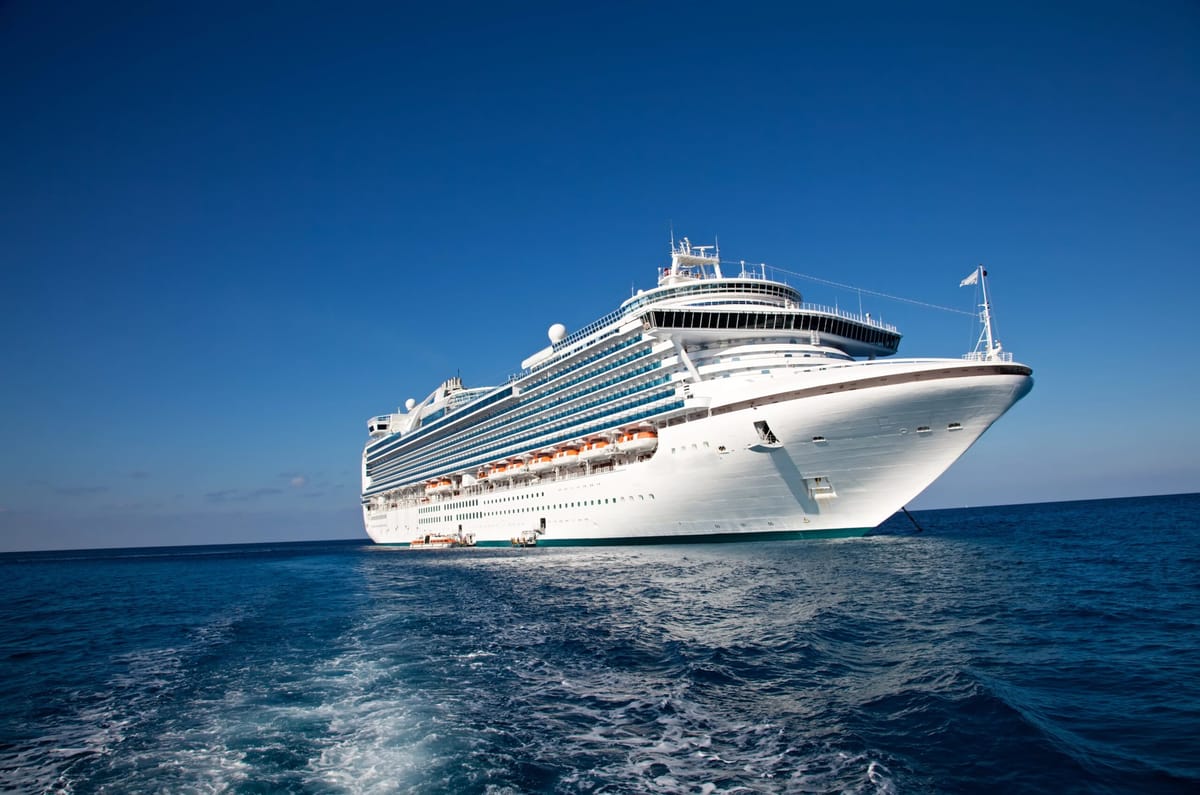Norovirus Outbreaks Rise on Cruise Ships Amid CDC Cuts
The spread of the new GII.17 norovirus strain has heightened scrutiny of cruise ship sanitation, with experts noting that staffing cuts may challenge outbreak management efforts this season.

Norovirus outbreaks onboard cruise ships have surged in 2025, with the Centers for Disease Control and Prevention (CDC) issuing public notifications for 16 outbreaks so far this year, 12 of which were confirmed norovirus cases. The rise has coincided with the emergence of a new strain, GII.17, which has been linked to nearly 80% of U.S. land-based outbreaks this season. While cruise ships represent less than 1% of all recorded norovirus infections, their confined environments and shared facilities make them highly susceptible to rapid virus transmission, drawing significant public attention.
Impact of Norovirus on Cruise Ships
Cruise ships create ideal conditions for norovirus to spread due to close living quarters, communal dining spaces, and passenger turnover. The virus can survive on contaminated surfaces for weeks and withstand many common disinfectants. Transmission occurs through direct contact, contaminated food, and shared spaces. The CDC’s Vessel Sanitation Program defines an outbreak as when at least 3% of passengers and crew report gastrointestinal illness symptoms such as vomiting, diarrhea, and abdominal pain.
Recent outbreaks have impacted major cruise lines including Holland America, Princess Cruises, Viking Expedition, and Royal Caribbean. For example, more than 60 passengers aboard Holland America’s Eurodam reported norovirus-like symptoms during its latest voyage. These incidents often lead to heightened sanitation protocols, delayed voyages for deep cleaning, and fluctuating perceptions of traveler safety.
Industry Measures to Combat Outbreaks
Cruise lines follow stringent procedures to reduce the spread of norovirus onboard. These include:
- Enhanced Cleaning: Use of EPA-approved disinfectants, focusing on high-touch areas such as dining tables and bathroom fixtures.
- Modified Buffet Services: Staff serve food items instead of self-service stations during outbreaks.
- Isolation Protocols: Ill passengers and crew are quarantined to curb further infections.
- Passenger Notifications: Announcements reminding travelers to wash hands frequently and report symptoms immediately.
The CDC’s Vessel Sanitation Program inspects ships under its jurisdiction and assists during outbreak investigations. However, recent federal staffing cuts to the program have raised concerns that fewer inspections may occur, potentially impacting the industry’s ability to manage outbreaks effectively.
The Role of the Newly Dominant Norovirus Strain
The emergence of the GII.17 strain has contributed to higher outbreaks on both land and sea. Unlike the previously dominant GII.4 strain, GII.17 appears to be more contagious and has circulated widely this season. Cruise ships often mirror land-based virus trends, and the strain’s prevalence in the U.S. has led to heightened vigilance in seafaring environments.
CDC Recommendations for Travelers
The CDC advises strict hygiene practices to reduce norovirus risks for cruise passengers:
- Hand Washing: Wash hands with soap and water for at least 20 seconds, especially before meals and after using communal facilities. Hand sanitizers are less effective against norovirus.
- Self-Isolation: Passengers who develop symptoms should isolate themselves and disinfect their cabins thoroughly.
- Reporting Illness: Promptly notify onboard medical staff if experiencing symptoms, allowing the ship’s outbreak response to activate quickly.
Despite public scrutiny, cruise lines maintain that illnesses onboard are rare and continue to implement sanitation procedures developed with health authorities, including the CDC.
Economic and Operational Implications
Outbreaks can disrupt cruise itineraries, delay departures, and strain the industry’s reputation. For example, Princess Cruises has experienced voyage delays to conduct thorough cleanings after outbreaks. These interruptions affect local economies reliant on cruise tourism and create operational challenges for cruise lines juggling safety measures and passenger satisfaction.
Beyond immediate sanitation responses, industry groups like the Cruise Lines International Association (CLIA) emphasize employee training and adherence to preventive protocols. However, the federal reduction in CDC staffing, including epidemiologists overseeing outbreak responses, may hinder the long-term effectiveness of such measures.
As norovirus remains a consistent challenge for cruise operators, balancing health risks with operational continuity will prove critical for maintaining consumer trust and safeguarding regional economic benefits.
Frequently Asked Questions (FAQs)
Why are cruise ships particularly vulnerable to norovirus outbreaks?
Cruise ships have enclosed environments with shared living spaces, dining areas, and frequent passenger turnover. These factors create optimal conditions for norovirus transmission.
How has the new GII.17 strain affected outbreaks?
The GII.17 strain has increased norovirus cases this season due to its heightened contagiousness and a general lack of population immunity. It is the predominant strain in U.S. outbreaks, both on land and at sea.
What steps are cruise lines taking to combat norovirus?
Cruise lines employ enhanced cleaning protocols, isolate symptomatic passengers, and modify services to curtail outbreaks. They also strictly adhere to the CDC’s Vessel Sanitation Program requirements.
Does the CDC still inspect cruise ships after staffing cuts?
Yes, but reduced staffing may lead to fewer inspections and investigations. Inspections are funded by fees paid by cruise lines rather than taxpayer dollars.
How can passengers protect themselves from norovirus while cruising?
Passengers can minimize risks by washing hands with soap and water frequently, isolating themselves if symptomatic, and promptly reporting illness to the ship’s medical staff.




